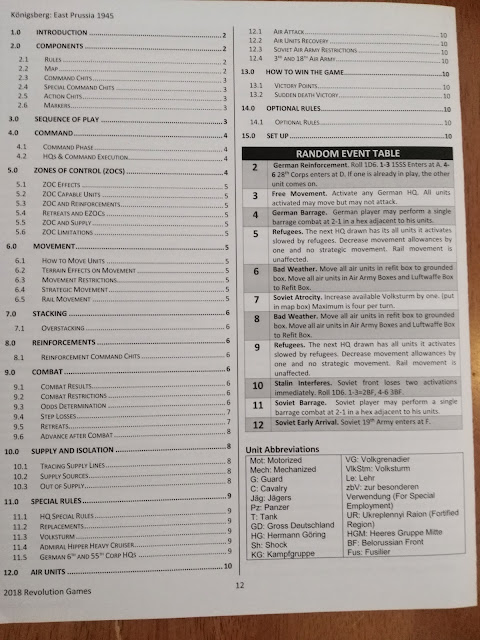1) Four Large (574mm x 830mm) full-color hard-mounted maps of the world
2)One (297mm x 420mm) full-color hard-mounted map of the Americas
3) One (297mm x 420mm) full-color hard-mounted turn record chart
4) One (297mm x 420mm) full-color hard-mounted Task Force display
5) 4800 (12.7mm x 12.7mm) full-color counters of all of the armies, navies, and air forces of World War II (Including Planes in Flames, Ships in Flames (Including Cruisers in Flames, Convoys in Flames, and Carrie Planes in Flames), Divisions in Flames, and Territories in Flames).
6) Full-color rule book
7) Full-color campaign book
8) Five x A3 full-color games charts
9) Two ten-sided die
| What you see when you open the box and remove the packaging |
| The different sets for the Deluxe Edition |
| This is the package for the 'normal' Collector's Edition |
Mail persons, or their counterparts, may all have to wear trusses after delivering this game. The actual weight of this edition is over fifteen pounds. I also want to make sure that you understand that there was no typo in the list. There are 4800!!! counters that come with this edition. The classic counter set in the box comes with 1600 counters in eight sheets by itself. The added counters are 3200 in sixteen sheets. If I could trust them not to make mistakes, I would give my kids a few bucks per sheet to cut them out.
| The sixteen sheets of the Deluxe Edition counters |
| The eight sheets of counters from the the Collector's Edition |
Again, let me stress that the maps and add on charts are all hard-mounted. The maps are large and so is the writing on them. They are easy to read for even old grogs. The counters are the small ones that we are used to playing with, but they have to be. If the counters were any larger you would need your garage floor for the map. There are games, especially series games, that have larger maps, but none to my knowledge were ever hard-mounted.
| Close-up of one of the plane counter sheets |
Even the packaging of the game is extremely well done. The classic edition is packaged all by itself, so you can start to play with that edition without disturbing the deluxe edition. Even the booklets are packaged separately in the box. The box also comes with enough small plastic bags as you would find in a warehouse to use for small parts.
| The map package |
| The maps bundle on its side. I wear XXL gloves. |
The entire presentation and packaging lets you know that you have bought a quality product. Let's face it, you have put a large amount of money into this purchase. Upon receipt you will see that physically your money has been well spent. The box is like a cornucopia of goodness that never ends. I would be pretty amazed if someone who received this edition of the game wasn't awed by the components and their size.
| The Western Europe Map |
| The Pacific Map |
| The Americas and the Turn Record Chart |
| This is the Task Force Display from 'Ships In Flames' |
So, how does it play? I have no idea. I am still wrapping my head around the components. I will have to do a separate review just on the game play itself. The rules and game play have been worked on almost continually since the game was first released in 1986, when it won tons of wargaming awards. If you owned an older version of WIF like I did, or you have always been tempted to try the game out, now is your time. The years (I am not being facetious) of gaming that you will get with this edition is an incredible bang for your buck.
Robert






































Follow Us